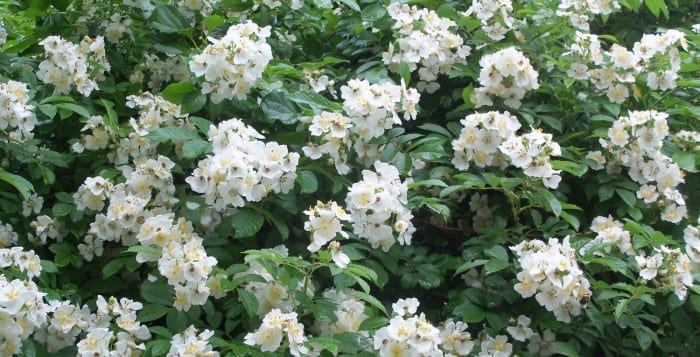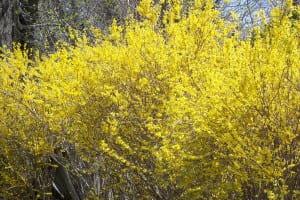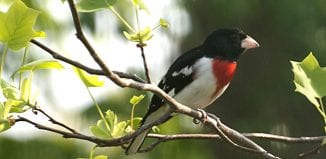Garden generalities and rule of thumb

By Ellen Barcel
Every now and then, gardeners can’t find the exact information they need to successfully grow those little (or big) green things they want. When exactly, for example, should you prune your flowering shrubs? Here are a few generalities that may help in those cases. But, remember, there are always exceptions to the rules.
• If an ad for a plant says “quick-growing” or “super quick-growing,” be very wary. Frequently, quick-growing plants take over in the garden. Multiflora roses were sold as quick-growing many years ago. We know now just how invasive these pretty plants can be. In fact they are on the list of plants which can’t be sold/propagated in Suffolk County.
• If a plant is filled with needles, chances are it’s an evergreen; it will hold its needles over the winter. A few examples are pines, hemlocks and spruce. There are exceptions, rarely, but exceptions nonetheless, like the dawn redwood (Metasequoia). It’s sometimes called a living fossil because it is essentially the same as it was 65 million years ago. This conifer is deciduous; it loses its needles come cold weather. New needles appear in spring.
• If you need to prune a plant because it is just too big, the best time is immediately after it has flowered. That way, you will not disrupt the flowering cycle for next year. For example, if your forsythia are too big, prune them in spring after they bloom. If you prune them in very early spring before they bloom, or late in fall, while they are setting buds, you will have no flowers next season.
• “Plant it high, it won’t die. Plant it low, it won’t grow.” This rule of thumb is pretty much hard and fast. When transplanting trees, do not let them sink down below the soil level. For a whole variety of reasons, trees planted below the soil level do not do well.

• Rule of thumb says that evergreen trees, like conifers, evolved in an area with a short growing season. This way, with greenery still on the tree in spring, it will have a head start. How does this translate into your garden? Chances are most of the evergreen trees you’re interested in will grow well in areas with cold climates (i.e., short growing seasons).
• Evergreen trees tend to grow in acidic soil. If there are a lot of native evergreens around, chances are the soil is very acidic. Test the soil, however, just to be sure.
• Deciduous trees tend to grow in more neutral soils. Remember there are exceptions. For example, oak trees are deciduous, yet do well in very acidic soil. As a result, Long Island, with its very acidic soil, is home to native pines and oaks.
• Plants with tap roots survive drought very well. Don’t water your lawn and you get poor grass, but excellent dandelions. Everyone who has tried to get dandelions out of their lawn knows very well that with their taproots, even pulling them out, unless you get the entire taproot, they will keep growing back.
• Veggies with tap roots, like beets, kohlrabi, carrots and others, are difficult to transplant. Start them where you plan to grow them. If you must start them early, do it in a peat pot which can be planted whole in the garden when ready.
• Native plants need less care than introduced ones.
Remember, these are just rules of thumb, generalities. There are always exceptions. A gardening friend of mine transplanted a shrub with a tap root successfully without getting the entire root out, but many people who try don’t succeed.
Ellen Barcel is a freelance writer and master gardener. To reach Cornell Cooperative Extension and its Master Gardener program, call 631-727-7850.






